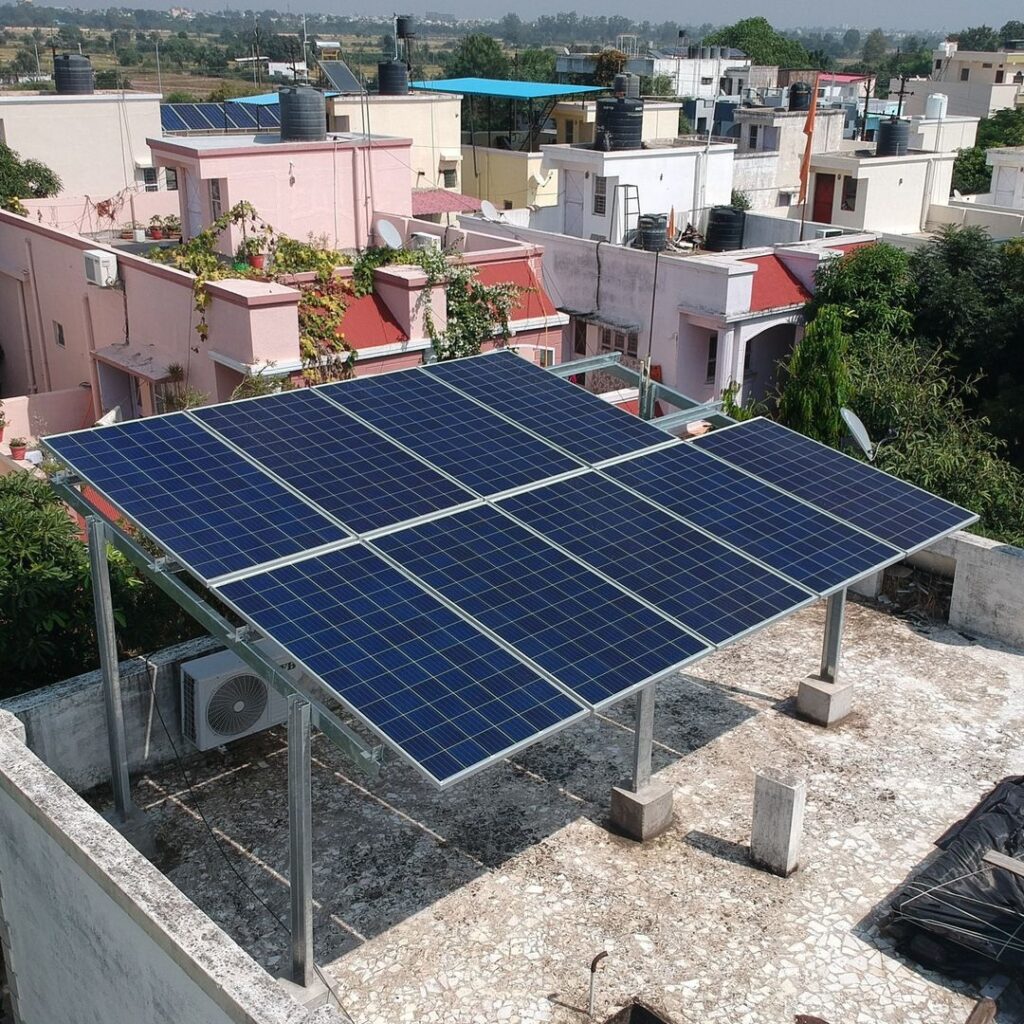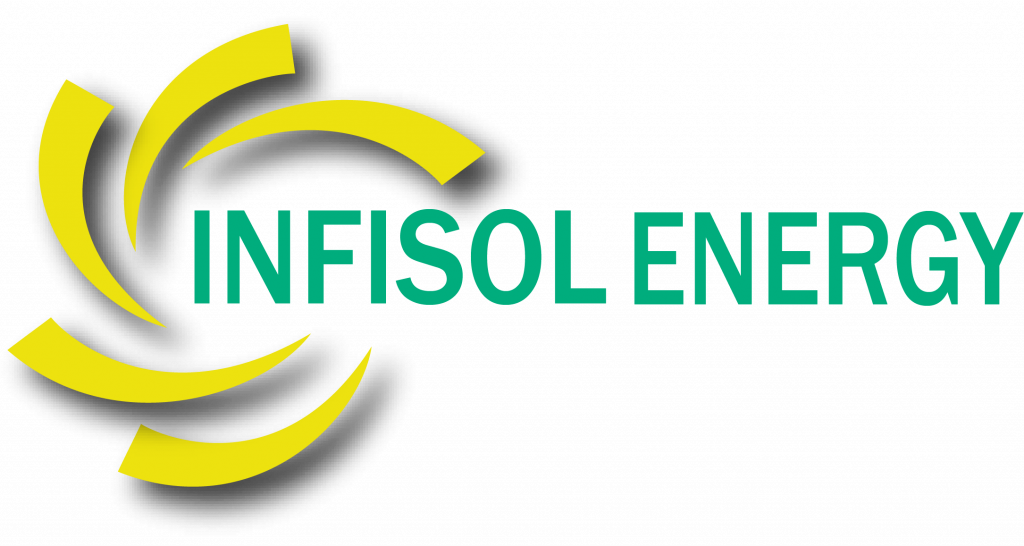Table of Contents
Introduction
Curious about the connection between solar savings and ROI? Explore the financial benefits of going solar with us. Solar energy has emerged as a sustainable and economically viable alternative to traditional power sources. However, as with any investment, determining the return on investment (ROI) in solar systems is a complex task. This article delves into the intricate factors that contribute to the ROI of solar energy, with a specific focus on whether higher savings from a solar system correlate with a higher ROI.
Factors Affecting Solar Savings / ROI
1. Solar Panel Efficiency
Solar panels are the workhorses of any solar energy system, and their efficiency plays a pivotal role in determining savings. The choice between monocrystalline and polycrystalline panels or exploring thin-film technology can significantly impact the energy generation capacity.
2. Solar Panel Orientation and Tilt
Maximising exposure to sunlight is crucial. Systems employing tracking mechanisms follow the sun’s path for optimal sunlight absorption, while fixed mounting systems are less versatile but more cost-effective.
3. Geographic Location
Solar irradiance levels and climate conditions vary by location. Sun-soaked regions tend to yield higher energy generation, potentially translating into greater savings.
4. Initial Investment
The upfront cost of a solar system includes equipment expenses and installation labour. Government incentives, such as federal tax credits and state rebates, can help offset these costs, ultimately influencing the initial investment.
5. Operational Costs
Operational costs encompass maintenance and financing expenses. Routine cleaning, inspections, and occasional repairs or replacements contribute to maintenance costs, while financing may incur interest charges for loans or leasing fees.
6. Energy Consumption Patterns
Diverse energy consumption patterns exist between residential and commercial users. Understanding peak demand, offsetting electricity bills, and leveraging net metering can vary ROI outcomes significantly.
7. Energy Storage Solutions
Battery technology, particularly the choice between lithium-ion and lead-acid batteries, affects savings and ROI. Batteries reduce peak demand charges and enhance energy resilience during outages.
8. Time Horizon for ROI
The timeframe for realising ROI can vary from short-term payback periods to long-term gains. Calculating ROI involves choosing between simple or complex models and accounting for variables like energy price fluctuations.
9. Environmental Impact
Investing in solar systems contributes to reducing carbon footprints, aligning with sustainability goals. Additionally, an environmentally conscious approach can enhance a company’s reputation, influencing ROI through branding and corporate responsibility.
Case Studies

Examining real-world examples, such as residential solar installations and commercial solar projects, provides insights into cost breakdowns and ROI analysis, showcasing the practical implications of solar investments.
Residential Solar Installation
Let’s take a closer look at a typical residential solar installation to understand how savings and ROI are influenced.
In a residential setting, solar panel efficiency is a critical factor. Homeowners often opt for monocrystalline panels due to their higher efficiency compared to polycrystalline panels. This choice results in increased energy generation and, consequently, higher savings over time.
Solar panel orientation and tilt are also essential considerations. Roof-mounted solar panels are commonly used in residential installations. While they lack the flexibility of tracking systems, their affordability makes them an attractive option. Proper orientation and tilt can still maximise sunlight exposure, leading to substantial savings.
Geographic location plays a significant role for homeowners. In sunny states like California and Arizona, solar installations can generate more energy throughout the year, translating into quicker ROI. On the other hand, regions with less sunlight may require a longer time to recoup the initial investment.
Government incentives, such as the Federal Solar Tax Credit, can substantially reduce the initial investment for residential solar systems. This financial assistance accelerates the path to ROI.
Operational costs for residential systems typically include occasional maintenance and financing expenses. Routine cleaning and inspections ensure optimal panel performance and longevity. Financing options vary, but low-interest loans or solar leasing agreements can be chosen to minimise interest charges.
Net metering is a valuable strategy for homeowners to offset electricity bills. Excess energy generated during the day is fed back into the grid, earning credits that can be used when energy consumption exceeds production. This process helps homeowners achieve a faster ROI by reducing their overall energy expenses.
Commercial Solar Projects
Now, let’s explore the dynamics of commercial solar projects and how they impact savings and ROI.
In commercial settings, the scale of solar installations is much larger, and energy consumption patterns differ significantly from residential properties. Commercial facilities often have higher energy demands, and this can affect the ROI equation.
Efficiency is crucial for commercial projects as well. Monocrystalline panels are often favoured for their higher energy yield, making them a wise choice for businesses aiming to maximise savings.
Solar panel orientation and tilt may be optimised for flat rooftops or open areas on commercial properties. Tracking systems or custom mounting solutions can be employed to ensure panels capture sunlight efficiently.
Geographic location remains a key factor, with sun-soaked regions being ideal for commercial solar projects. Businesses in such areas can expect to achieve a faster ROI compared to those in less sunny locales.
Government incentives apply to commercial projects as well, reducing the initial capital outlay. Moreover, commercial entities can take advantage of tax benefits and depreciation allowances, further enhancing the financial outlook.
Operational costs for businesses include routine maintenance and financing expenses. Commercial-scale solar installations may require more comprehensive maintenance due to their size, but the return in terms of energy savings makes it a worthwhile investment. Financing options can vary, including power purchase agreements (PPAs) that require little to no upfront capital.
Net metering is equally beneficial for businesses. Excess energy can be sold back to the grid or used as a credit, offsetting high electricity bills during peak consumption periods.
Comparative Analysis
In a comparative analysis, it’s evident that both residential and commercial solar projects share common factors that influence savings and ROI. These factors include panel efficiency, geographic location, government incentives, operational costs, and energy consumption patterns. However, the scale and specific considerations differ, leading to variations in ROI timelines.
Risk Analysis
Solar investments are not immune to market volatility and technological advancements. Fluctuations in solar panel prices and energy tariffs can affect ROI. Staying adaptable in the face of rapid technological changes is essential for long-term success.
Investors must also consider the potential impact of policy changes and regulations on solar energy. Government incentives can change, affecting the financial landscape of solar projects. Therefore, a thorough risk assessment is crucial when embarking on solar investments.
Conclusion
Balancing savings and ROI in solar systems is a multifaceted endeavor. Understanding the intricate factors at play, including panel efficiency, location, and initial investment, is crucial. By examining case studies and mitigating risks, investors can navigate the solar landscape effectively, ultimately achieving a sustainable and profitable ROI.
In a world where environmental responsibility and economic viability are converging, the path to a brighter future is illuminated by the power of the sun. Whether you are a homeowner looking to save on energy bills or a business aiming to reduce your carbon footprint, making informed decisions about solar investments can lead to both financial and environmental rewards. So, harness the sun’s potential and embark on a journey toward a more sustainable and profitable future with solar energy. Make the sun work for you, and watch your savings and ROI

